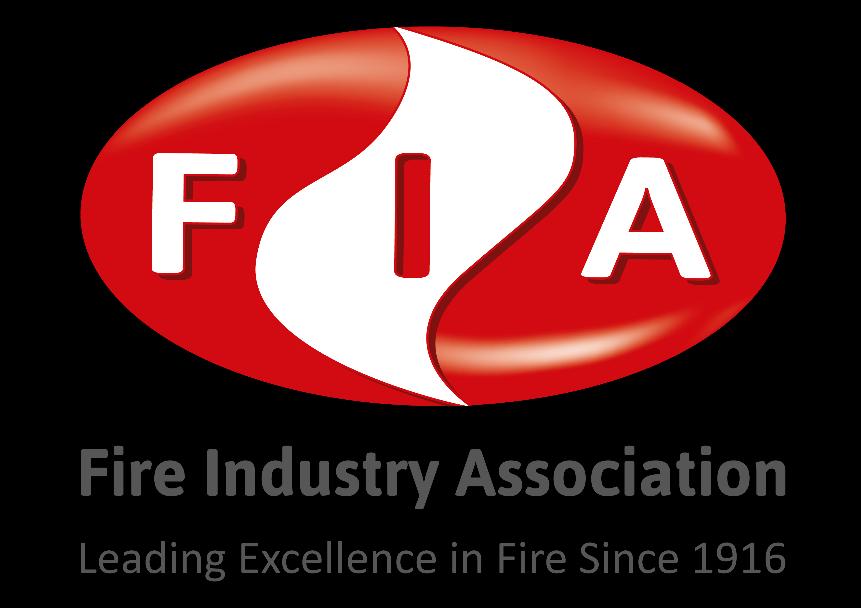Guidance Note

Gaseous Extinguishing Systems Post
Discharge Extract


1. Scope
As detailed with ISO 14520-1 and EN 15004-1, means of ventilation - to safely remove smoke / fire by-products and deployed extinguishant - following a clean agent system discharge. Commonly referred to as “Post Discharge Ventilation (PDV).” This FIA Guidance Note provides more detail about extraction following a system discharge
PDV provision is not to be confused with the need for Pressure Relief, although in some instances, the two provisions may be combined.
2. General
Care should be taken to manage the entire scheme associated with any PDV arrangement. Whilst it is the responsibility of the designer/certifier to support the requirement for PDV, the formal arrangement may fall outside of the Fire Protection System Installers scope of works and should form part of the risk assessment/specification for the Gaseous Extinguishing System.
Furthermore, the decision for natural ventilation or forced ventilation of the post discharge environment may often fall outside of the system designer/certifiers capability.
Any PDV typically falls into two categories.
• Natural Ventilation
• Forced Ventilation.
Prior to discharge, care should be taken to ensure that any PDV is not active, preventing the desired extinguishing concentration levels from reaching their designed values.
Interlocks and timers may often be utilized to ensure the PDV systems cannot be energized pre/during discharge.
Where existing smoke ventilation systems are installed, care should be taken to ensure these are not activated within the protected space during the discharge.
Automated operation of any extract system is not recommended. It is normally the responsibility of the attending Fire & Rescue Service (F&RS) to determine when it is appropriate to extract the discharged agent, mindful they may have to intervene in the event of fire restrike or re-ignition. The exception to this being an unwanted / accidental discharge where there is certainty that no fire had occurred.
Where natural ventilation is used, care should be taken to accommodate the time taken to refresh the space post discharge and ensure the area is safe to access.
Where forced draft systems are specified, consideration should be made to any voids (floor/ceiling) that will require purging.
Care should be taken to size any forced draft systems and their ventilation volumes in line with the
protected space. This shall enable times for access to be determined as per the local management plan, as well as ensure turbulence within the protected area for thorough extraction.
Any ductwork used for the PDV should be suitably designed to accommodate the products following a discharge (Smoke, Gases and products of combustion).
ISO 14520 / EN 15004 part 1 clause 5.3.h requires prompt natural or forced-draft ventilation after a system discharge, stating forced-draft ventilation will often be necessary. It adds that care is needed to fully evacuate the extinguishant and not just move it to other locations. However, the standard does not mandate a fixed and permanent means of extract; portable type arrangements may be acceptable
3. Inert gases
Inert gases, which uniformly mix with air, can be extracted from any height within the protected space, but care should be taken to ensure voids are suitably addressed. The objective is to replenish oxygen levels, as well as safely remove fire by-products.
4. Halocarbon agents
Due to the density of the agent in air, extract should be from low level. Chemical extinguishing agents might also suffer thermal decomposition; this and unpyrolized product shall be extracted, which goes beyond simply oxygen level reinstatement and fire byproduct removal
5. Carbon dioxide (CO2)
Carbon dioxide systems are outside the aforementioned standards as CO2 presents a toxicity issue. Therefore, CO2 has its own standards (BS 5306 part 4, EN 17966 (draft), ISO 6183, etc.).
As CO2 is heavier than air extraction should be from low level.
The means of ventilation shall not form part of the normal building ventilation system. Consideration should also be given to other places where CO2 might accumulate or migrate to during or following a discharge, e.g. via a pressure relief device or vent.
Furthermore, as CO2 can be used in ‘local application’ systems the hazardous area might not have a bounding enclosure (as with a total flooding system) and dangerously high concentrations can accumulate beyond the protected asset.
In all cases, following a discharge, the affected atmosphere should be tested as being safe for entry without breathing apparatus This can also apply to adjoining areas into which the agent may have dispersed.
Note: sometimes an odorizer will be fitted to a system, as a supplementary safety measure, but the absence of a smell shall not be taken to indicate the lack of extinguishing agent being present.
6. Block diagrams
The location of extract systems and their controls should be included in the building’s block diagrams, FIREie, BS 8644-1 etc., for use by the building owner, attending F&RS, etc.
7. Conclusion
All extract shall be to a safe atmosphere, and not to merely another part of the building
Care should be taken to safety extract to atmosphere with no risk to personnel/public (delays & interlocks to beacons and sounders may be needed to clear the area prior to any operation)
The extract rate &/or locations shall ensure extraction throughout the whole of the protected or affected area, and include any extinguishant, smoke and by-products of combustion.
Often the specified solution is provided as part of the HVAC contractor’s package and not that of the fire specialist. Portable units could be a viable alternative; these can also be made to marry directly to pressure relief vents.
Block diagrams should also indicate the extract system and its controls.
Care should be taken to ensure any interlocks and system performance is checked and regularly maintained as part of the fire protection system.
Operation of the extract system should be by the attending F&RS, unless no fire occurred, and the extract never set to operate automatically.
